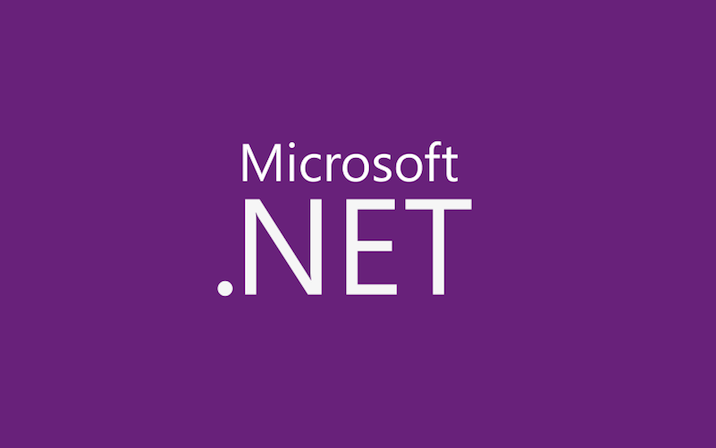


FAQ :: Why is the speedup not X on my X-way machine?

A Tour Through the Parallel Programming Samples for .NET 4

Reactive Extensions and Parallel Extensions

Scaling out PLINQ: DryadLINQ at PDC09 and Supercomputing09

What’s New in Beta 2 for PLINQ

Slides from Parallelism Tour

Parallelized Map and Filter Operations

Parallel Extensions and I/O


 Light
Light Dark
Dark